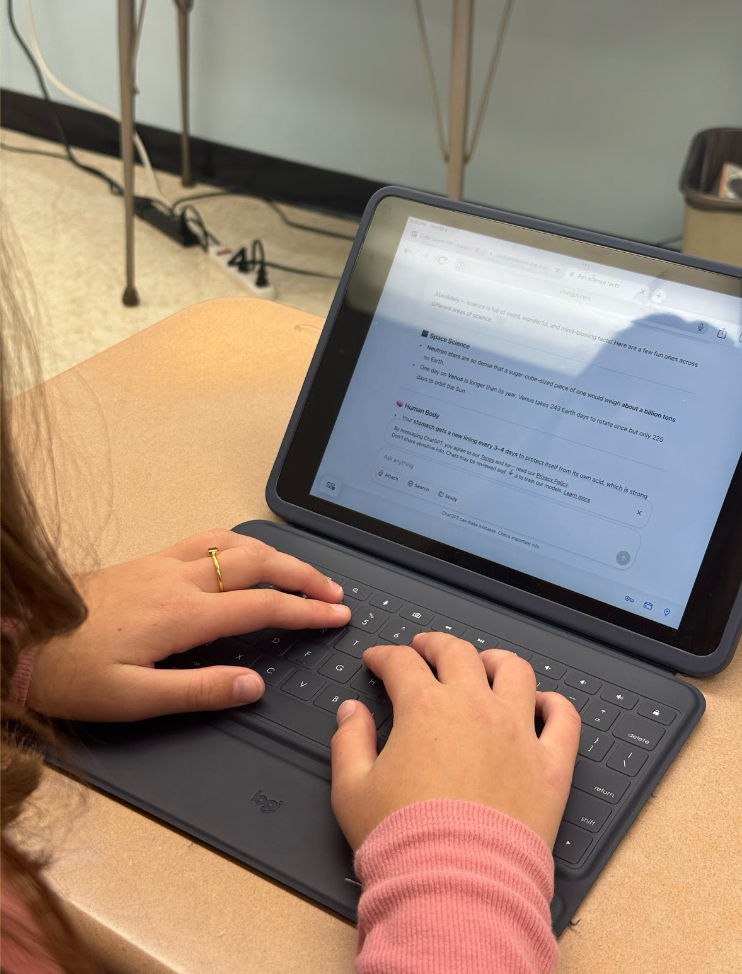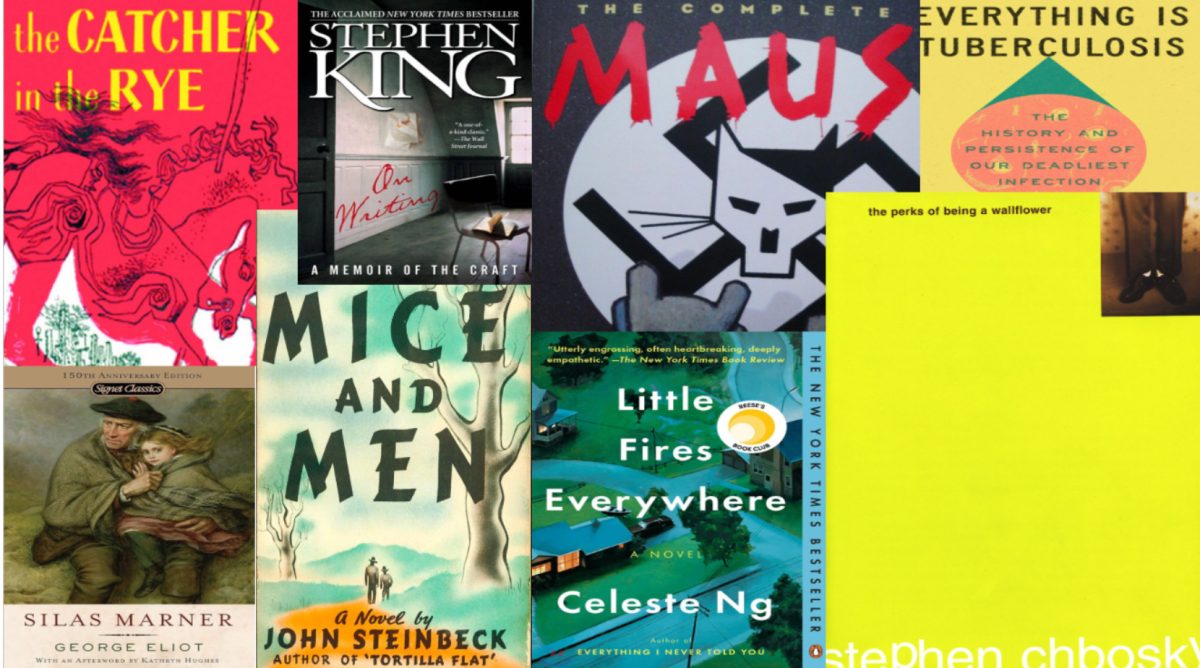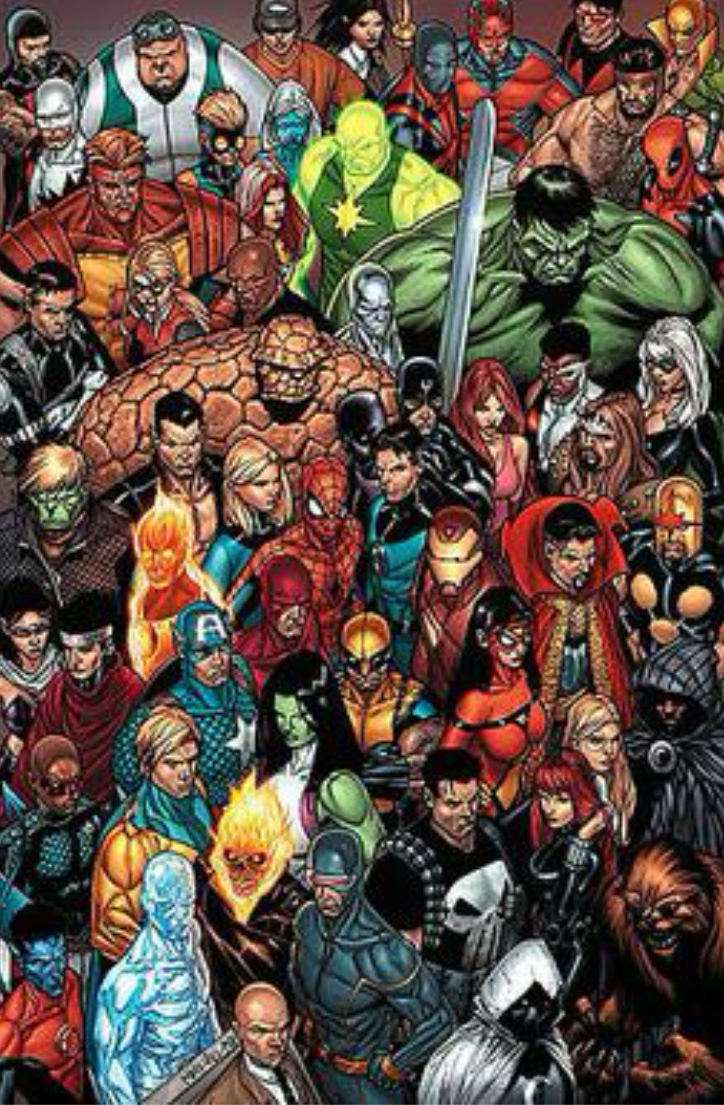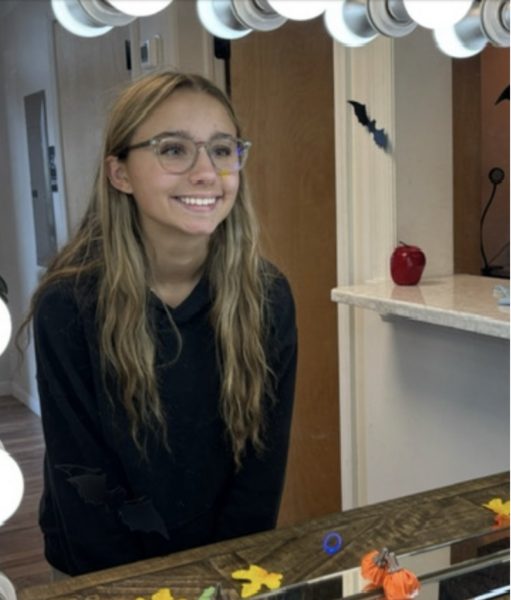With the 2025-26 school year underway, students are once again using artificial intelligence. Between the few-second response time and limitless knowledge, AI has proven to be stronger than ever across the United States.
Whether it be writing three-page essays in 30 seconds or explaining how to solve arithmetic equations, AI is a formidable force, and there’s plenty of controversy around it. The real question is: is AI helping or hurting students? For many, the answer depends on how it’s used.
“I think it should [be used],” sophomore Giavanna Alves said. “Honestly, it helps me out a lot whenever I can’t understand something and the teacher doesn’t explain it to me well.”
When students are struggling academically, they can turn to AI. Some, like Alves, believe that AI can genuinely be used for good, whether it’s to teach a complex topic, start off an essay or map out schedules. There is no denying that AI can supplement students’ learning needs.
Another benefit is that tools like ChatGPT and other AI programs are free. For disadvantaged students who are academically struggling, paying for a tutor or staying after school for peer tutoring is likely not an available option for them. AI can step in and help students in these situations.
The Washington State University’s Office of the Provost argues, “AI can reduce financial barriers faced by students in their pursuit of education and research. By offering no or low-cost research assistance and editing, generative AI, if used ethically and effectively, increases access to support tools that previously were pay-for-service options.”
Education is supposed to be equal for everyone, and with the proper usage of AI, it can truly even out the playing field for all students. Students can use this to their advantage, allowing it to help them study and work through anything they might not understand.
While there are obviously issues, such as misusing AI or taking it for granted, some argue that the positives outweigh said negatives. Using AI as a tool can improve education in a way we haven’t seen before, for all students regardless of class.
Whether or not it’s used for good is up to teachers and school administrators. Students need to be able to distinguish between AI’s ability to improve students’ individual skills, and its use as a cheating device. As schools continue to adapt to new technology, one thing is certain: AI isn’t going anywhere. Now, it’s up to the students and teachers to decide how it shapes learning.









